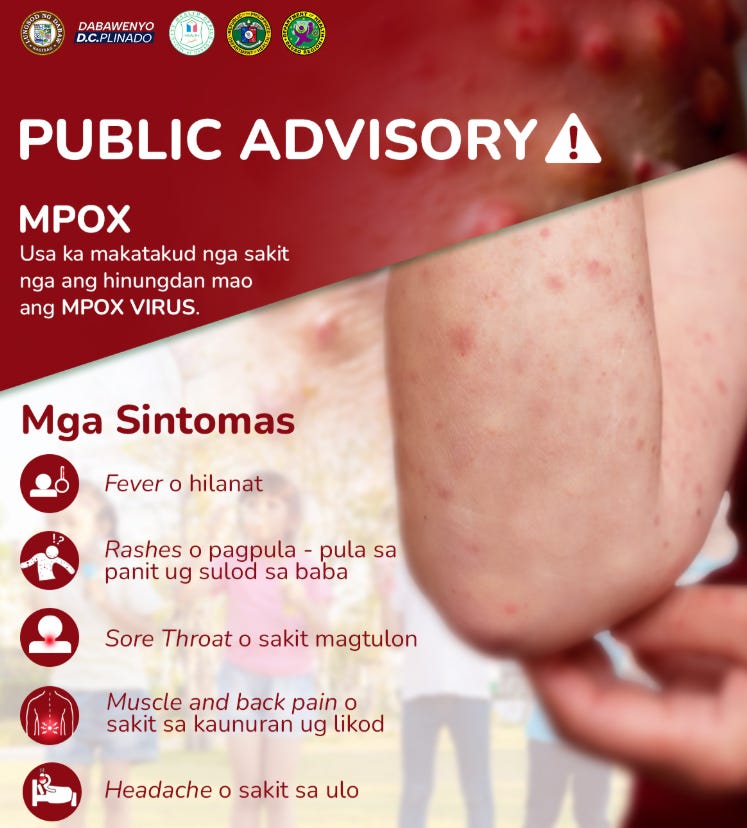Mpox, formerly known as monkeypox, is a disease caused by the monkeypox virus, a double-stranded DNA virus from the Orthopoxvirus genus of the Poxviridae family. While previously considered a rare zoonotic infection, Mpox made international headlines after a global outbreak in 2022 that saw thousands of cases worldwide.
What Causes Mpox?
The virus has two broad clades: Clade I and Clade II, with the latter responsible for the recent worldwide outbreak. The disease is characterized by a distinctive rash and various systemic symptoms that can often resemble other viral illnesses, making clinical vigilance essential.
How Is Mpox Transmitted?
Mpox spreads primarily through close, sustained physical contact, and during the 2022-2023 outbreak, it was almost exclusively associated with sexual contact. Modes of transmission include:
- Skin-to-skin contact, such as touching or sexual activity
- Mouth-to-mouth contact, like kissing
- Mouth-to-skin contact
- Face-to-face interactions, involving close talking or breathing near someone with Mpox
Because of this, awareness of one’s recent exposure history is critical in assessing possible infection risks.
What Are the Signs and Symptoms?
After an incubation period of 3–17 days, Mpox typically manifests with:
- Rash evolving through four stages: macular, papular, vesicular, and pustular, eventually scabbing and peeling off
- Fever
- Malaise
- Chills
- Headache
- Lymphadenopathy (swollen lymph nodes)
- Itching
- Rectal pain or bleeding
The rash can appear anywhere on the body, including the face, mouth, hands, feet, chest, and anogenital areas.
How to Prevent Mpox
As with most infectious diseases, prevention is key to limiting the spread of Mpox. Here are practical steps to protect yourself and others:
- Avoid close, physical contact with individuals who have a rash resembling Mpox or are confirmed cases.
- Practice safe sexual behaviors, limiting exposure to new or multiple sexual partners, especially in areas with known outbreaks.
- Avoid sharing personal items such as towels, utensils, and bedding with people who are ill.
- Wear a mask and maintain distance in situations where close face-to-face interactions are unavoidable.
- Wash your hands regularly with soap and water or use an alcohol-based hand sanitizer.
- Stay informed through trusted health advisories and government bulletins.
- If you develop symptoms or suspect exposure, seek medical attention immediately and self-isolate to prevent potential transmission.
While Mpox is a manageable illness, awareness, preventive action, and early detection are crucial in controlling its spread. By staying informed and practicing responsible behaviors, communities can help reduce the risk of transmission and safeguard public health.
For more detailed clinical guidance and updates, visit:
- WHO Mpox Fact Sheet
- CDC Mpox Clinical Guide
- University of Washington IDEA Program
See Infographics by PSMID for reference.
Source: Philippine Society for Microbiology and Infectious Diseases (PSMID)











